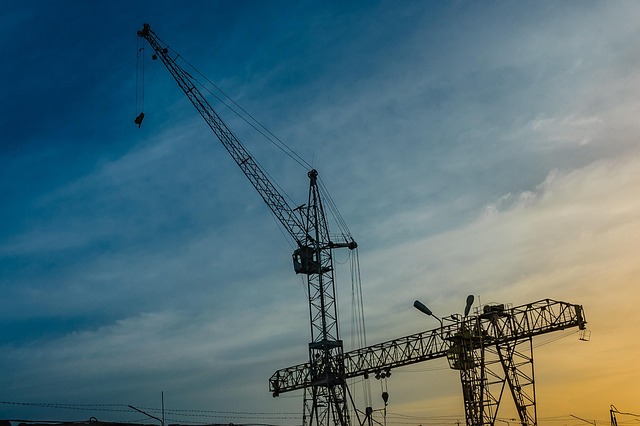Optimizing Infrastructure: A Deep Dive into Storage Systems
When we think about infrastructure, what often comes to mind are the towering buildings, intricate roadways, and robust networks that support our daily lives. However, beneath the surface of this physical framework lies one of the most critical components: storage systems. These systems are the backbone of data management, enabling us to store, retrieve, and manipulate information efficiently. As businesses grow and evolve, the importance of optimizing these storage systems becomes paramount.
The Importance of Storage Systems in Modern Infrastructure
In our increasingly digital world, the volume of data generated daily is staggering. From customer interactions to operational metrics, every piece of information needs a reliable home. This is where storage systems come into play. They ensure that data is not only preserved but also accessible when needed. However, as organizations expand, the challenges associated with data storage grow exponentially. It is essential to not just have a storage solution, but to optimize it for speed, efficiency, and scalability.
Types of Storage Systems
Understanding the various types of storage systems available is the first step towards optimization. Let’s explore some of the most prevalent options:
- Traditional Hard Disk Drives (HDDs): These mechanical devices offer large storage capacities at a lower cost but can be slower in data retrieval and writing.
- Solid State Drives (SSDs): Faster and more reliable than HDDs, SSDs use flash memory and are ideal for situations where speed is critical.
- Network Attached Storage (NAS): This allows multiple users to access data over a network, providing a centralized solution for file sharing.
- Storage Area Networks (SAN): These high-speed networks enable multiple servers to access consolidated storage, ideal for large-scale enterprise environments.
- Cloud Storage: Offering scalability and flexibility, cloud storage solutions allow organizations to access and store data remotely, removing the need for physical infrastructure.
Strategies for Optimizing Storage Systems
Once you have identified the type of storage systems in use, the next step is to implement strategies for optimization. Here are a few critical approaches:
- Data Assessment: Regularly assess the types of data being stored to identify which data is critical and which can be archived or deleted. This helps in minimizing unnecessary storage use.
- Implement Tiered Storage: By categorizing data into tiers based on access frequency and criticality, you can allocate storage resources more efficiently, placing frequently accessed data on faster storage and archiving less critical data.
- Use Compression Technologies: Data compression can significantly reduce the amount of storage needed, making it possible to store more data without needing additional physical space.
- Automate Management Processes: Utilize automation tools to monitor and manage storage systems, ensuring they are functioning optimally without manual intervention.
- Plan for Growth: Always have scalability in mind. Choose storage solutions that can grow with your organization to avoid bottlenecks in the future.
The Role of Security in Storage Systems
As we optimize storage systems, it’s crucial to factor in security. The increased reliance on digital storage also comes with heightened risks. Protecting sensitive data through robust encryption and regular security audits will help safeguard your organization against potential breaches. Always remember: an optimized storage system is not just about speed and efficiency; it must also be secure.
In the rapidly changing landscape of technology, investing in the right storage systems and optimizing them accordingly can provide your organization with a significant competitive advantage. Maintaining a solid infrastructure requires continuous evaluation and adaptation, allowing you to meet the demands of today while preparing for the challenges of tomorrow. Embracing these practices will not only enhance your storage capabilities but will also ensure that your infrastructure remains resilient and prepared for the future.




